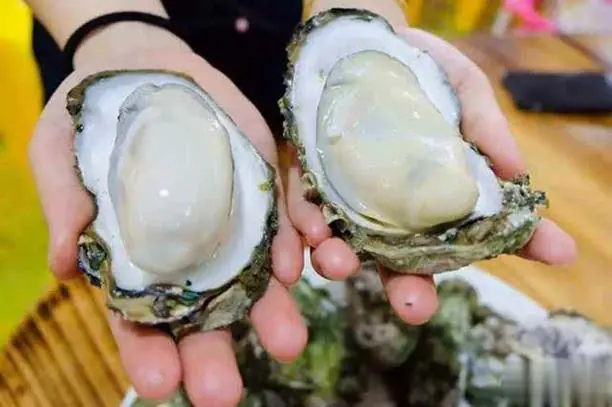
Even If You're Loaded, Don't Buy These 5 Types of Shrimp at the Market
Even If You're Loaded, Don't Buy These 5 Types of Shrimp at the Market—They're Full of Hidden Health Risks!
Shrimp is a popular seafood packed with protein, calcium, iron, and phosphorus, and it appears frequently on the dinner tables of many households. However, if you’re not careful with your selection, you could end up bringing home spoiled or chemically treated shrimp that not only tastes bad but may also harm your health.
Here are 5 types of shrimp you should never buy, no matter how much money you have or how cheap they're being sold:
1. Slimy Shell, Mushy Flesh
If the shrimp feels slippery or sticky—like it’s coated in gel—and the flesh is soft or mushy when pressed, it’s a clear sign the shrimp is no longer fresh. The slime on the shell is a breeding ground for bacteria, including Salmonella and Vibrio, both of which can cause food poisoning.
Spoiled shrimp usually smells slightly sour or rotten, lacks its natural sweetness and crunch, and can cause digestive issues like stomach aches and diarrhea—especially dangerous for children and those with weak immune systems. Always choose shrimp with a shiny, dry shell and firm, springy flesh.
2. Shrimp That's Rigid and Straight as a Stick
Fresh shrimp usually curls naturally due to muscle elasticity. If you find shrimp that’s stiff and completely straight, it may have died long ago or been repeatedly frozen and thawed.
Such shrimp not only taste bland but can also release histamines—compounds that may trigger allergic reactions or foodborne illness. Vibrio bacteria also thrive in such conditions and may cause nausea, abdominal pain, or acute diarrhea if consumed.
3. Shrimp With Sour, Rotten, or Chemical Odors

Fresh shrimp should only have a mild seafood smell. If you detect a sour, ammonia-like, or chemical scent, avoid it at all costs. It’s likely that the shrimp is spoiled or treated with preservatives or bleaching agents to improve its appearance.
Consuming these chemicals over time can negatively impact the liver, kidneys, hormonal balance, and immune system. Besides, such shrimp won’t taste good and may cause indigestion or discomfort.
4. Shrimp With Detached Heads, Broken Legs, or Dry Flesh
Be cautious with pre-packaged shrimp trays—they may look neat but hide signs of spoilage. If the head easily detaches from the body or the legs are broken and blackened, that shrimp has been dead for a while.
Shrimp that’s lost its head often suffers from dehydration and poor flavor, making it more prone to bacterial contamination during transport or storage. Eating it can increase your risk of digestive infections, food poisoning, or intestinal inflammation.
5. Shrimp With Unusual Colors
A reliable way to judge shrimp quality is by its color. Fresh shrimp should have a translucent, grayish-blue or light green hue, with consistent color from head to tail.
If you notice a blackened head, pale or blotchy body, or uneven coloration, that shrimp may have started to decompose, been raised in polluted water, or even been treated with artificial chemicals to fake freshness. These shrimp not only lack nutrients but may also release toxins that cause digestive upset, nausea, or fatigue after eating.
Extra Tip: Don’t Be Fooled by Cheap Prices
Bargain shrimp often comes with hidden risks. Avoid those labeled “frozen clean shrimp” or “super deal” without clear origin or packaging information. Always opt for freshly caught shrimp or, if buying frozen, check the label, expiry date, and ask the seller about the freezing date.
Being cautious at the market is the first step in protecting your family’s health.
News in the same category

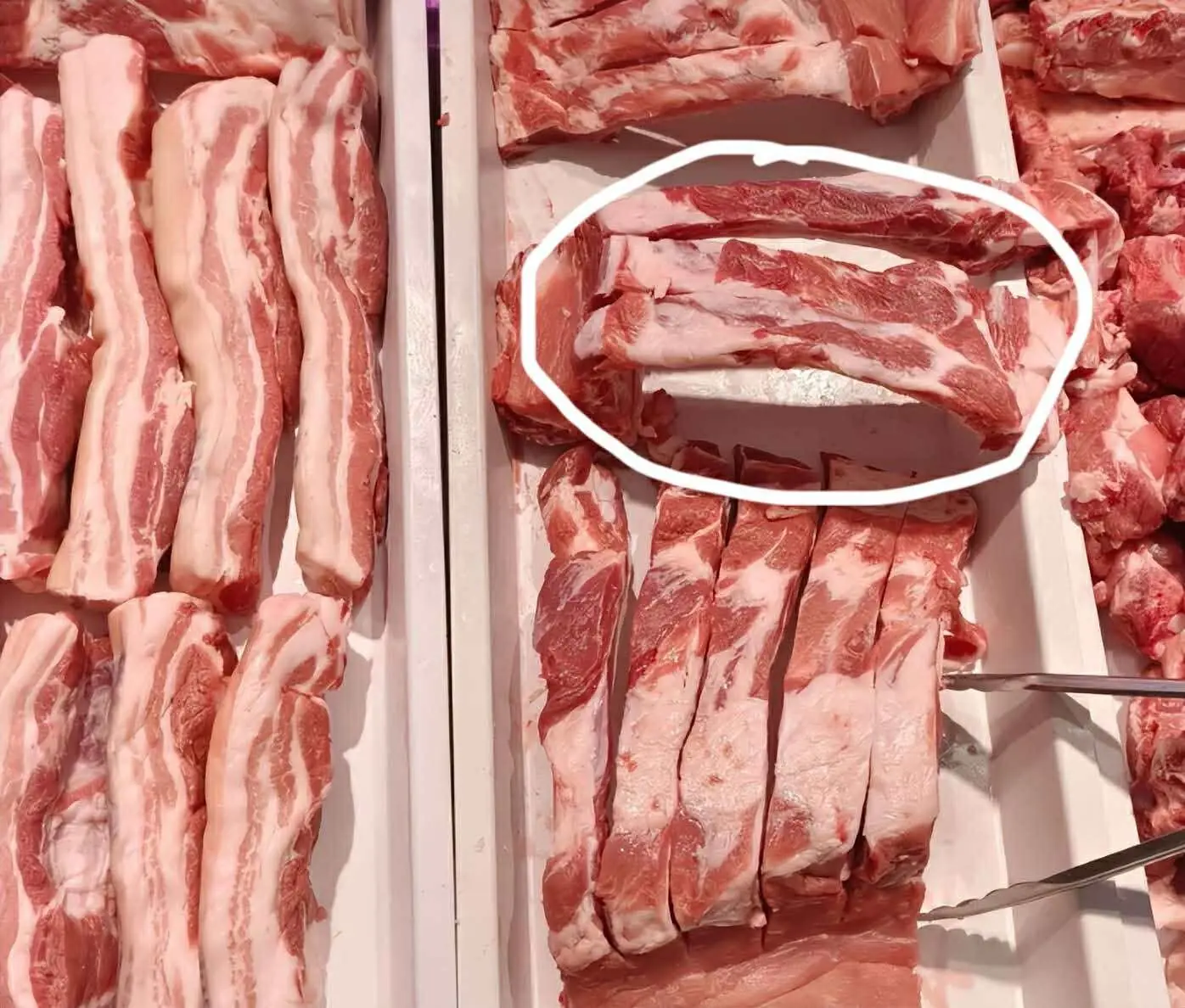
Don’t Buy These “4 Types” of Pork Ribs No Matter How Cheap They Are

3 Lucky Plants That Bring Prosperity and Wealth
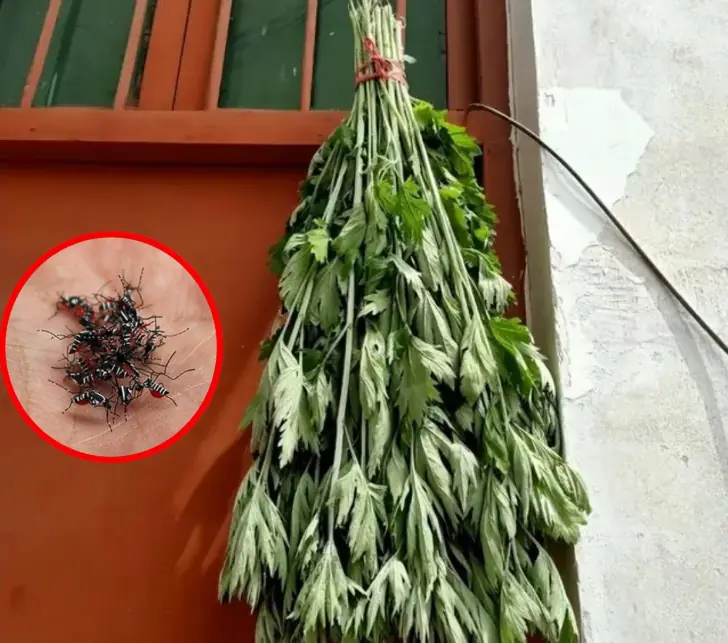
Just hang a handful of these leaves in front of your door - flies and mosquitoes will disappear

8 types of plants that attract snakes into the house
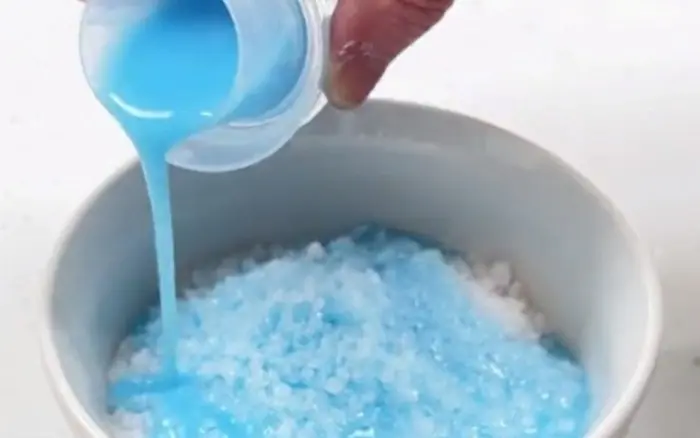
Mixing fabric softener with salt: Great use to solve household problems
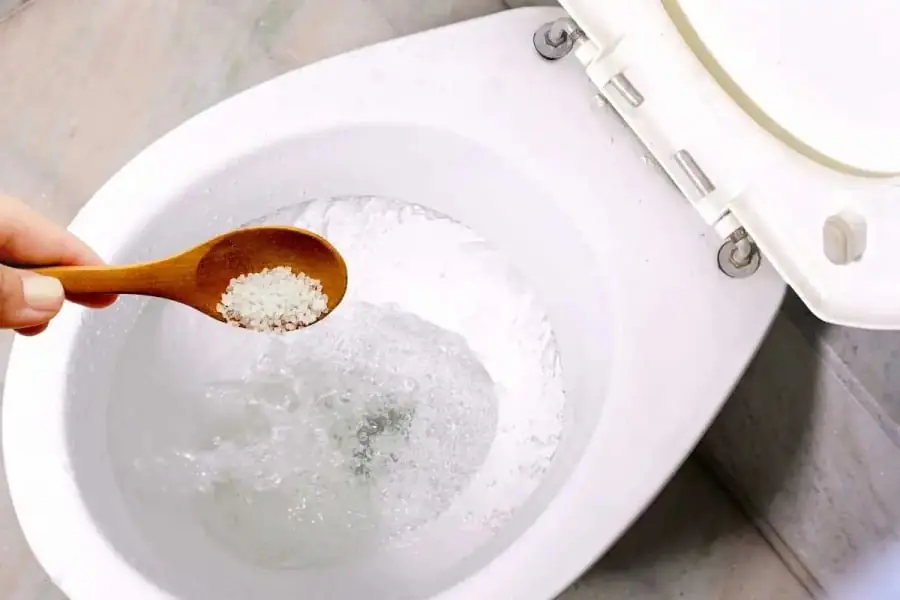
Pour Salt into the Toilet: The Surprising Benefits Every Home Needs
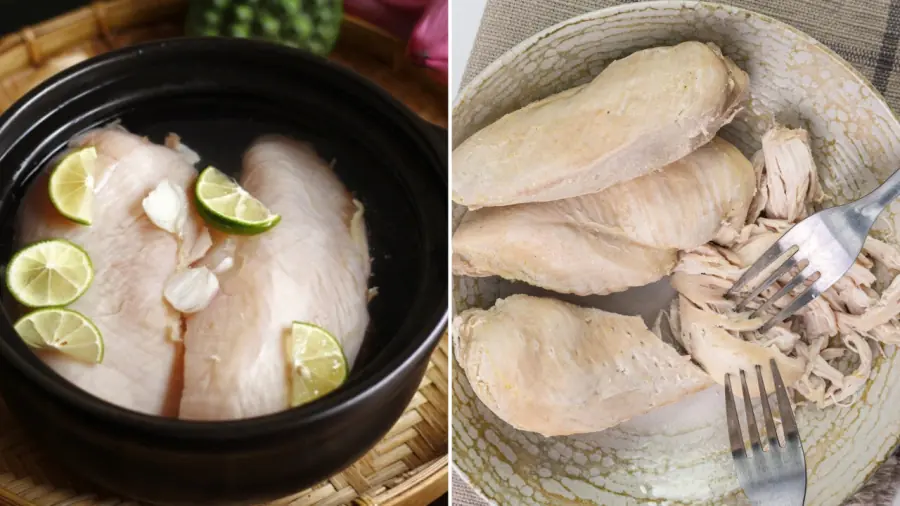
Do This Extra Step Before Boiling Chicken Breast for Juicy, Tender, and Not-Dry Results
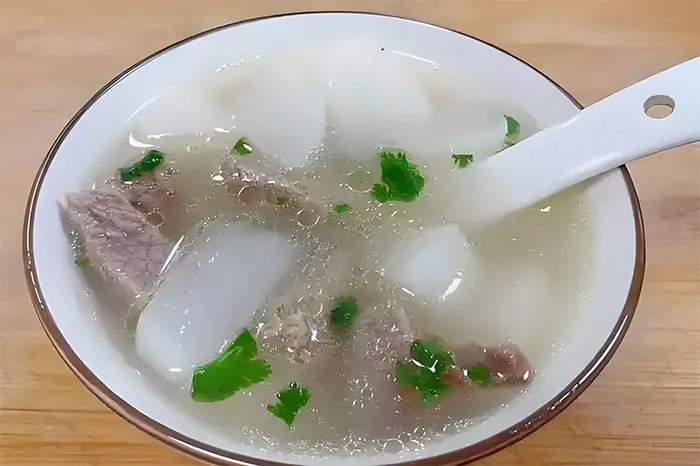
In Autumn, Eat These 3 Lu.ng-Nourishing Dishes Regularly to Prevent Cough and Thr.oat Irritation
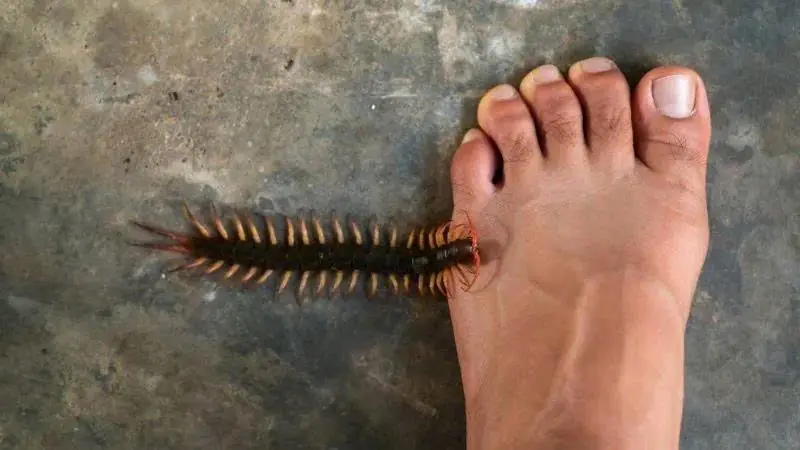
Reasons you should not ki.ll millipedes
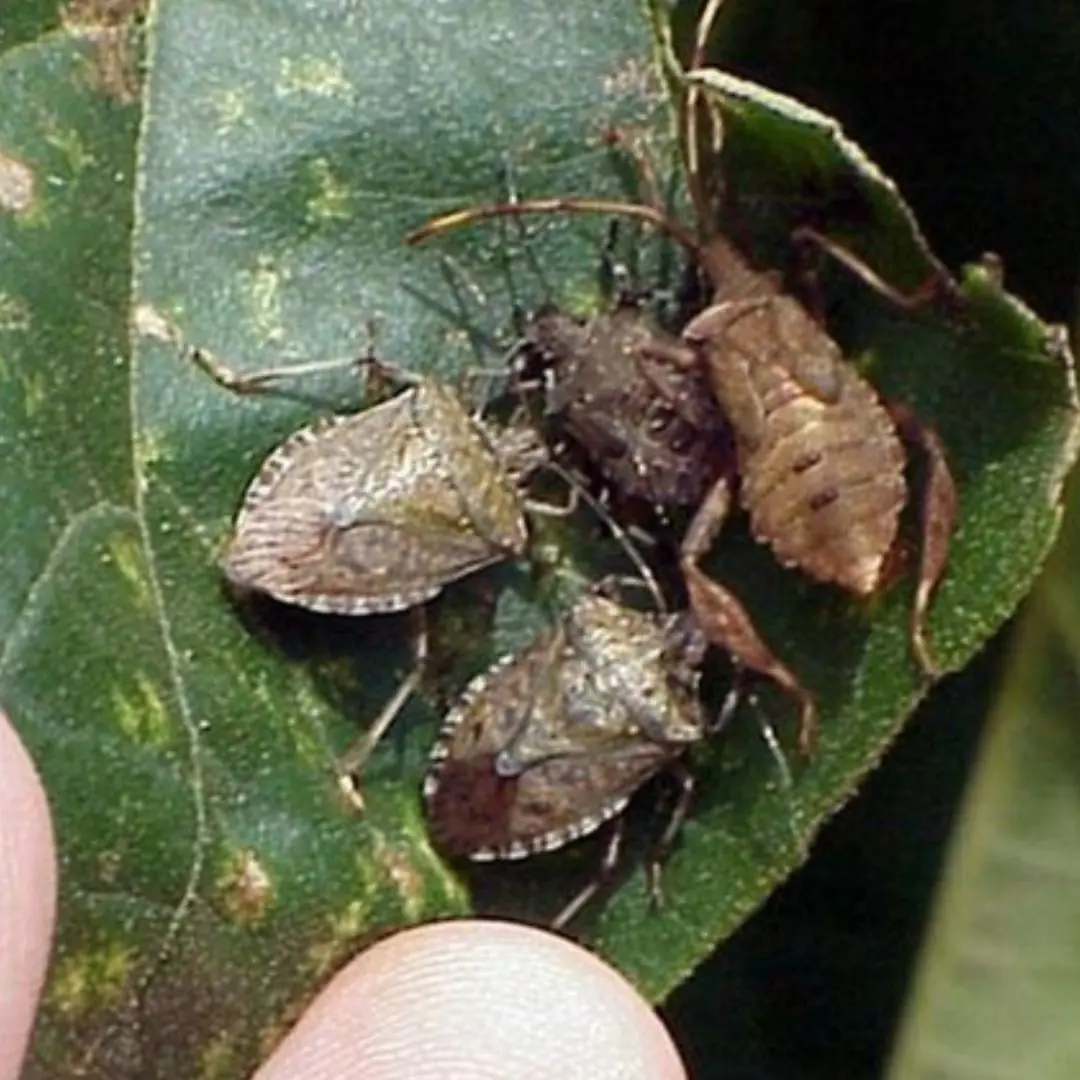
When A Brown Bug Like This Appears In Your Yard, Immediate Action Is Required
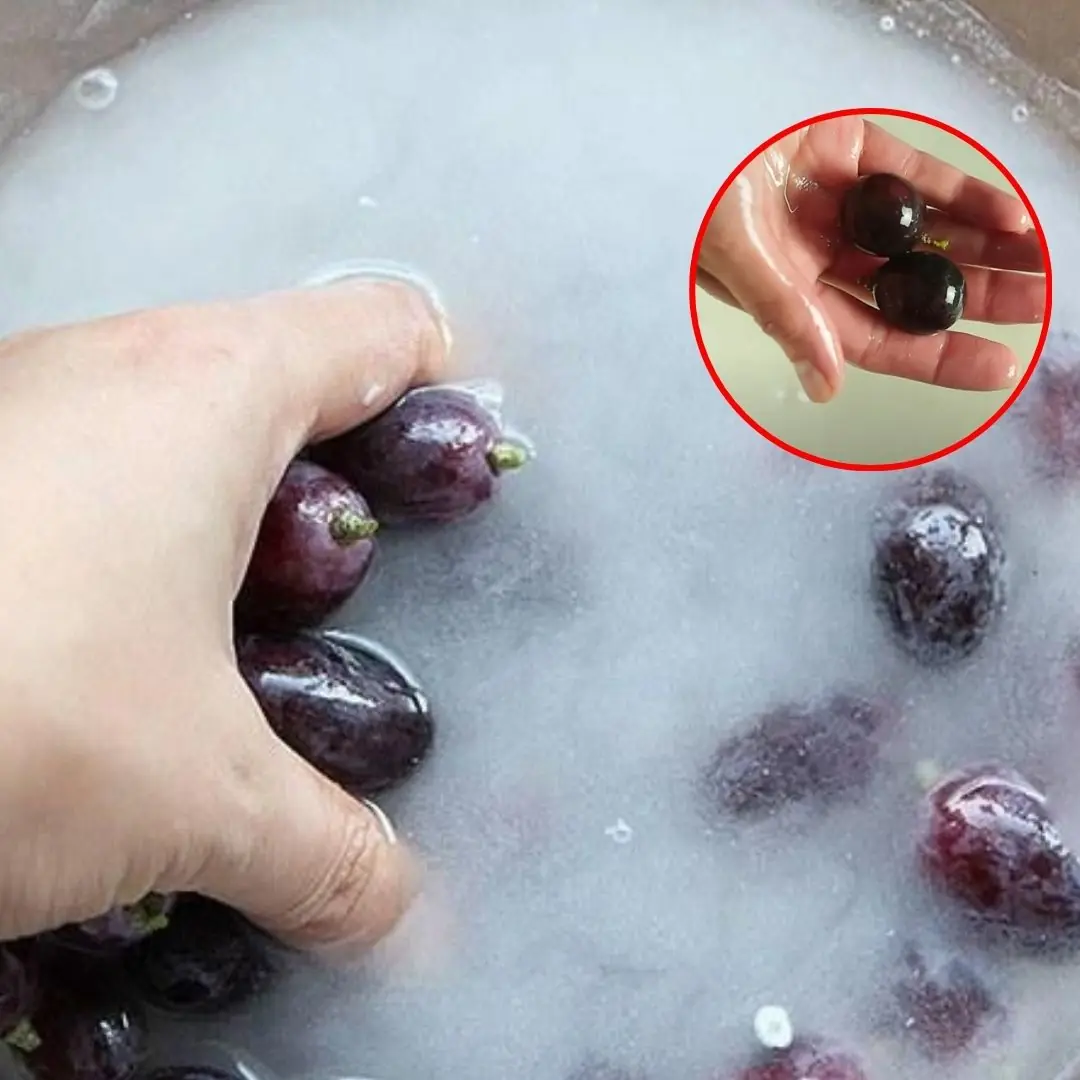
Tips for washing grapes to remove dirt and worm eggs, and to safely eat the skin
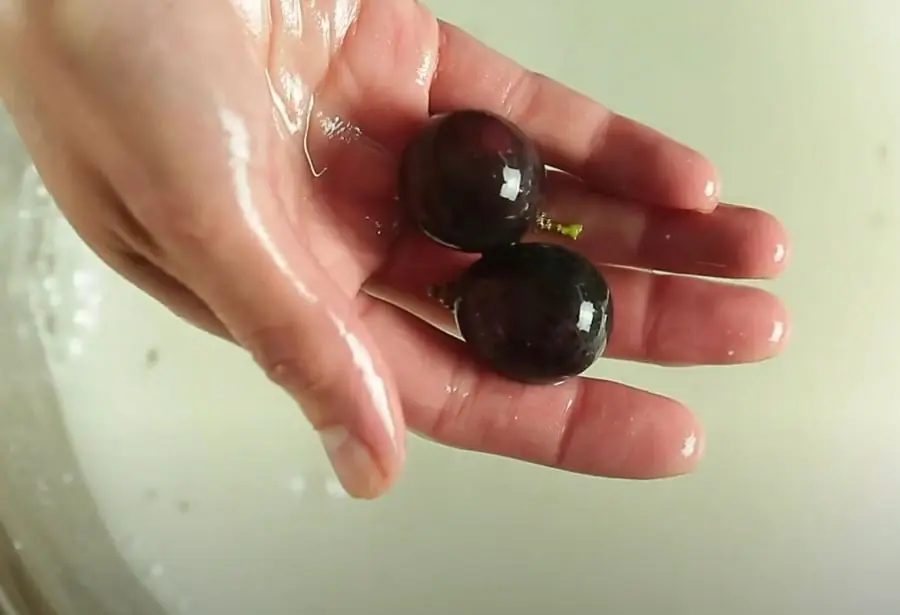
Don’t Eat Grapes Before You Know This Trick
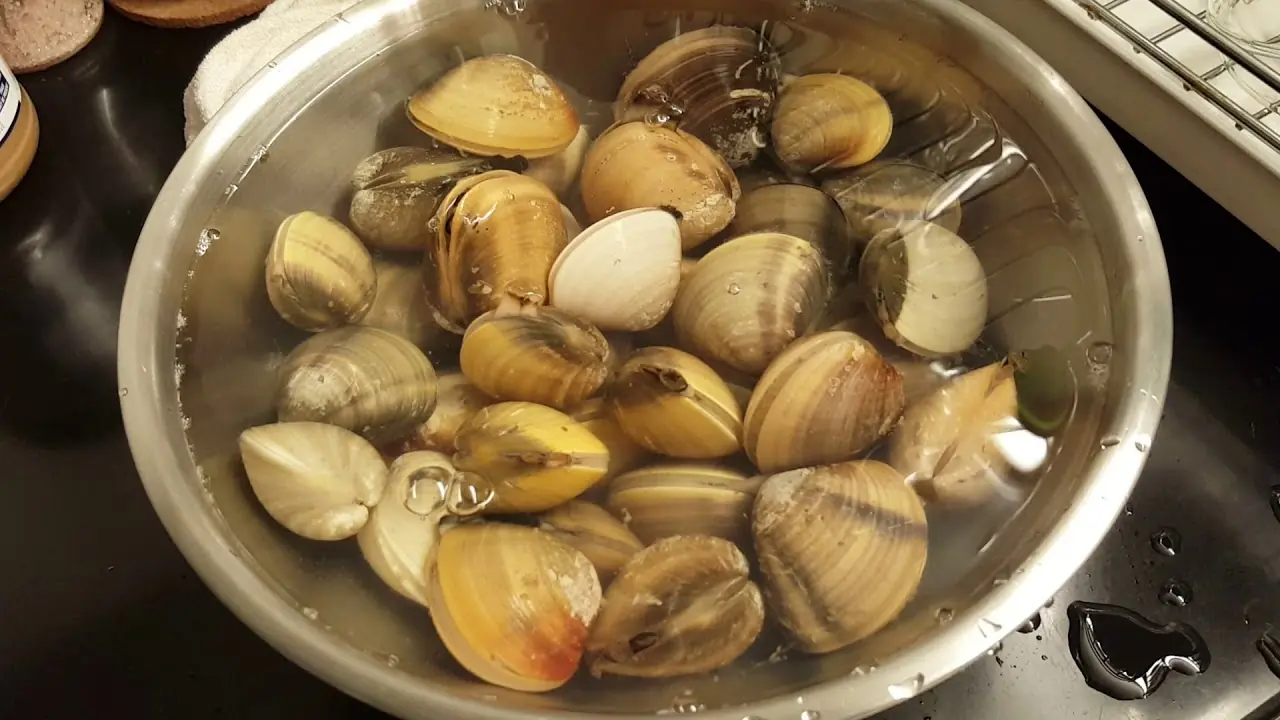
No Matter How You Wash Clams, There’s Still Grit Inside?

The Secret to Keeping Potatoes Fresh for 6 Months Thanks to a Surprising “Friend” in the Kitchen

Unusual moles might be more than just a skin quirk — they could be warning signs of cancer

Using the Air Conditioner and Fan at the Same Time? I Expected Higher Costs, but the Truth Surprised Me

Don’t Panic! Follow These Steps If a Bat Gets Into Your House

4 Dangerous Mistakes When Thawing Fish

10 tips to keep thieves away from your home
News Post

Your Feet Could Be Revealing Serious Health Issues — Watch Out for These 6 Signs

When Buying Oysters, Never Choose These 3 Types

Don’t Buy These “4 Types” of Pork Ribs No Matter How Cheap They Are
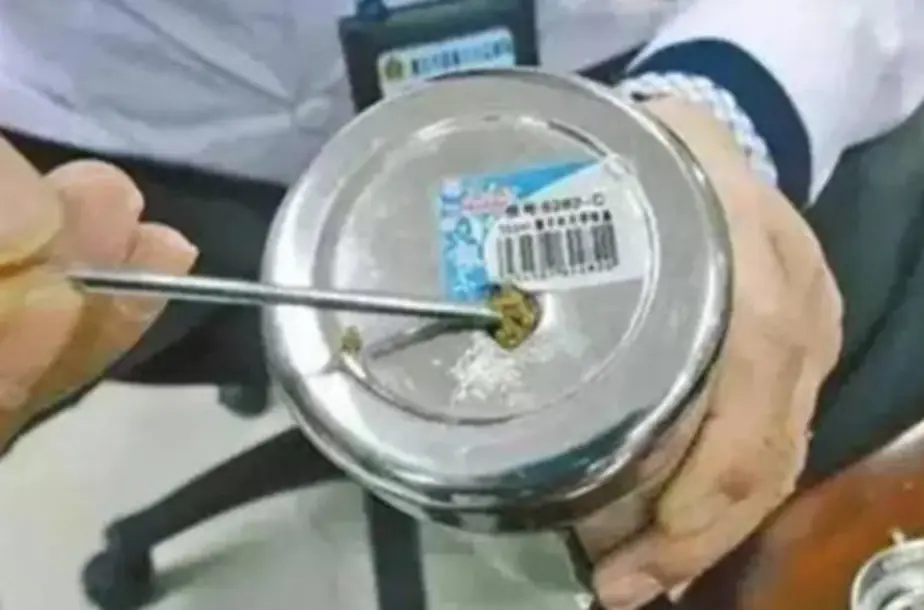
4 Best-Selling Items on E-Commerce Platforms Exposed to Contain Carcinogens

Just After Changing into My Wedding Dress, My Mother-in-Law Slipped Me a Bankbook and a Haunting Message
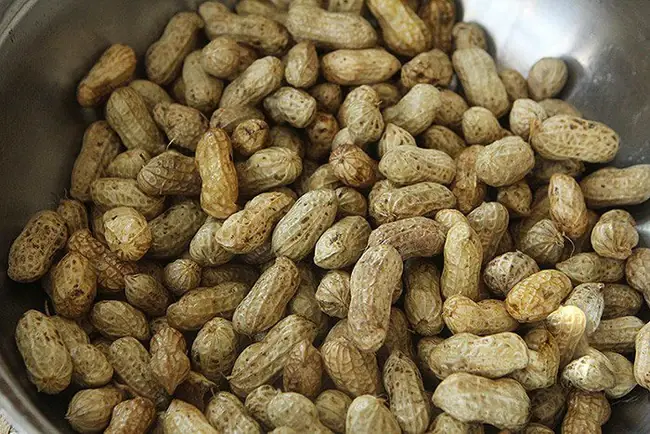
4 Surprising Changes Your Body Will Experience in Just Half a Year

Not milk or dried shrimp – this is the real “Calcium King” that many people overlook
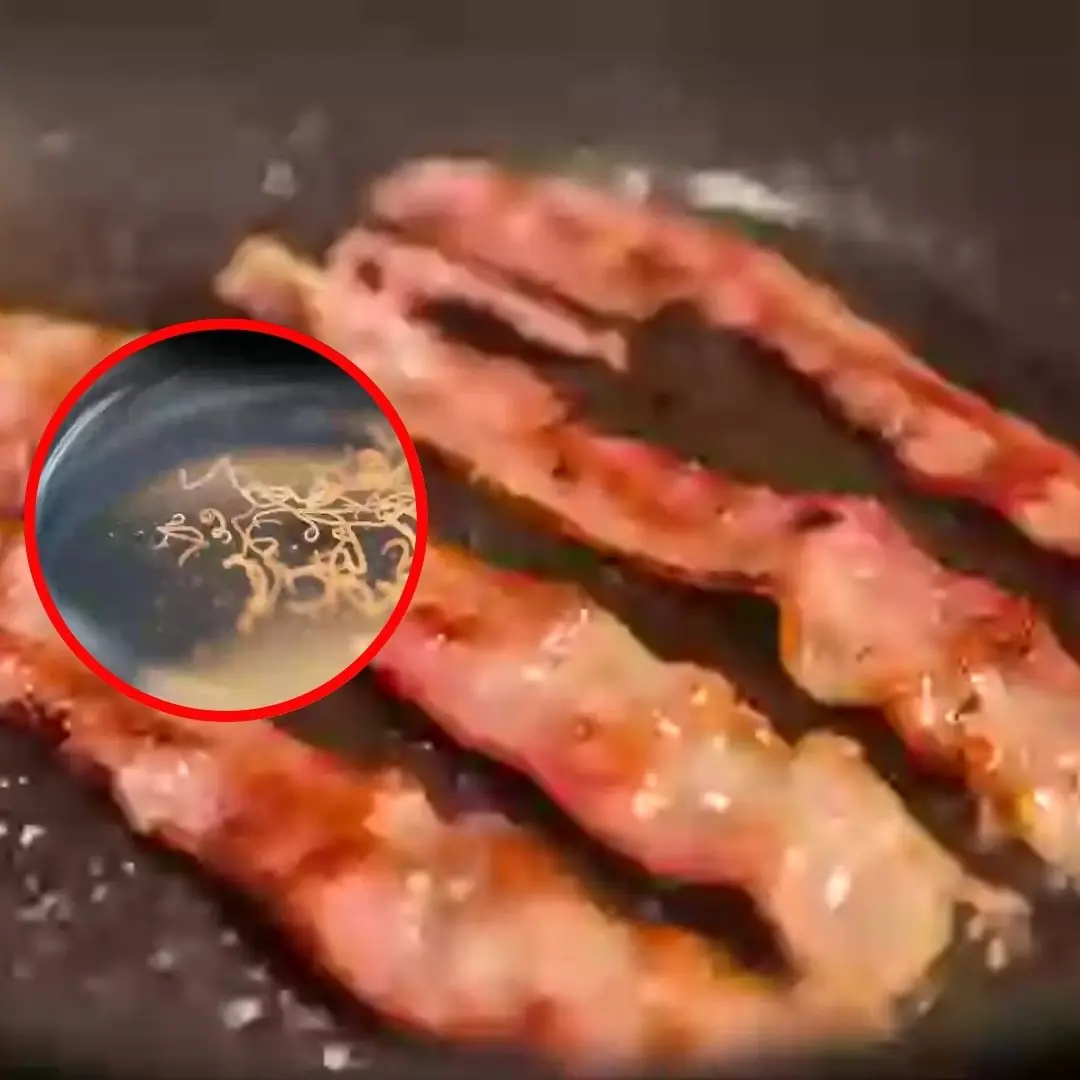
Man develops 'pork worms' in his br.ai.n after years doing this specific cooking habit

Diabetes can 'show' strange signs in the neck: If you see them, don't ignore them

3 Drinks Called the “Calcium Drainers” But Many People Still Love

4 Surprisingly “Clean” Vegetables with Minimal Pesticides

3 Lucky Plants That Bring Prosperity and Wealth

6 Golden Habits to Help Seniors Reduce the Risk of Cerebral Infarction

One Part of Chicken Contains Four Times More Cholesterol Than Pork Fat

Sweet Potatoes Are Not Good for These 3 Groups of People

Just hang a handful of these leaves in front of your door - flies and mosquitoes will disappear

Want the Health Perks of Coffee? Here’s the Best Time to Drink It

Taylor Swift and Travis Kelce announce engagemen
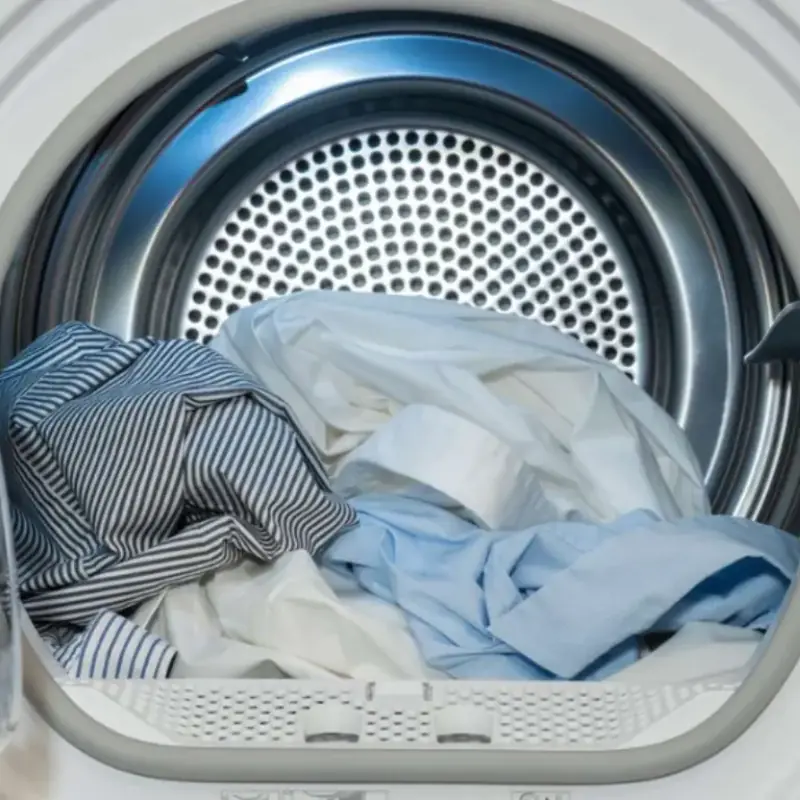
Washing Machines Have a Special Mode That Dries Clothes Faster
